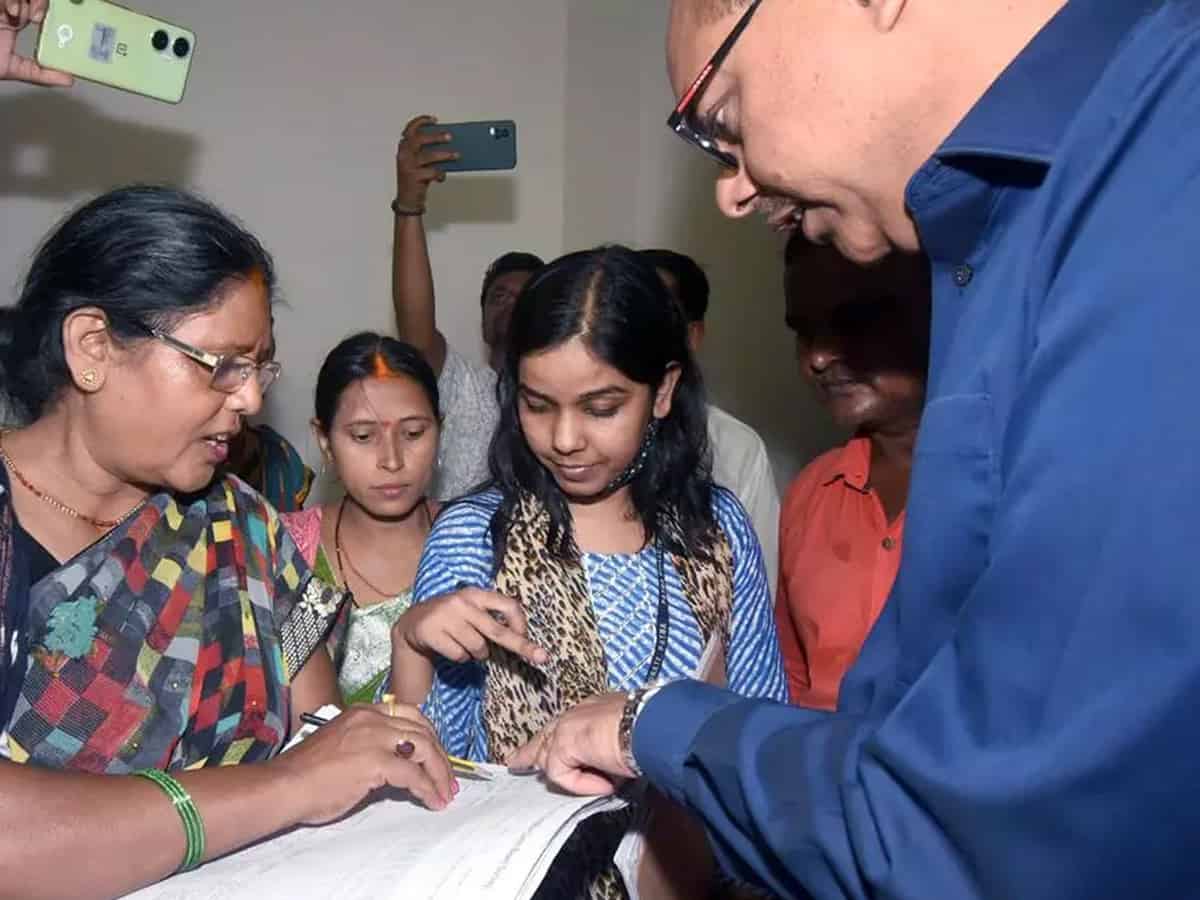
The most surprising aspect of the Bihar Caste Survey is that the population of the Scheduled Castes—undoubtedly the weakest of all the social groups–witnessed a huge jump when compared to the 2011 Census.
Twelve years back they were 15.9 percent of the state’s population. Now, according to the latest data released on October 2, the Scheduled Castes form 19.65 per cent of the total population. The Scheduled Tribes figure also went up from 1.28% to 1.68 per cent.
This 3.75 per cent rise in SCs’ figure needs to be analyzed objectively as in absolute terms their population went up from 1.65 crore in 2011 too 2.56 crore in 2023. This is about a 65 per cent increase. What is strange is that Bihar’s population increased from 10.41 crore to 13.07 crore, which means the overall figure increased by only 25 %.
Communal twist
The mainstream media as such overlooked this unprecedented development and a section of them concentrated their attention in highlighting how the percentage of Muslims rose to 17.7 in comparison to 16.9 in 2011. An anchor of a premier national television channel expressed his concern as to how the percentage of Hindus declined from 82.7 to 81.99 in the same period of 12 years. Several factors can be attributed to 0.7 % or 0.8 % rise or fall of population of any one or two communities. It can be a statistical error too.
But hardly anyone in the mainstream media discussed how and why the proportion of Dalits shot up in such a big way in this short span. After all, nobody can embrace Dalitism as can be said about Islam and
Christianity. As in 2011 there are 22 Dalit castes in the Scheduled Castes list in Bihar even now. That is, no new caste has been included in this list.
Dussadhs or Paswans with 5.31 % and Ravidas (also known as Chamars or Jatavs elsewhere in India) 5.25 % are the two largest castes among them.
The rise in SC population has raised several questions. Is it that the fertility rate of SCs’ women has suddenly increased? Or is it that the birth control programme is not working well among them now? Or is it that the infant and child mortality rate among them showed signs of significant improvement?
Or is it that the enumerators have not done their work properly in collecting the data in 2011 or have never reached the homes of a large chunk of SCs?
Or is it that the Scheduled Castes have realized the importance of Caste Survey and enthusiastically cooperated with enumerators while the latter were performing their duties?
Upper Castes’ indifference
Here it needs to be mentioned that in many cases the upper castes showed utter indifference—almost bordering hostility—towards enumerators who came to their doors this time. Many of them thought that the report of the Caste Census or Survey would never see the light of the day as it happened in several states {for example Karnataka or Odisha or one undertaken at the national level more than a decade back. Others expected that the court would stonewall any such exercise.
Now the same set of people are complaining that the percentage of Hindu upper castes is so low—just over 10.5–because enumerators did not turn up. But the fact is also that many of them did not show any enthusiasm in getting enlisted.
Yet others attribute the ‘decline’ in upper caste population to migration. But it is also a fact that a large number of SCs and backwards too have left the state and settled elsewhere permanently, for instance in Punjab, Haryana, West Bengal, Maharashtra etc.
Curiously, against the general expectation the proportion of Yadav (14.26%), Paswans and Ravidas came out to be higher. Mark it, they are among the more politically aware groups of the weaker section of the
society and were perhaps conscious of the significance of the caste survey.
Absurd comparison
Instead of discussing these aspects a sizable number of mediapersons are either busy communalizing the issue or making absurd comparisons with the 1931 Census, the last time when the number of all the castes were collected throughout undivided India.
What these ladies and gentlemen in the Fourth Estate are not realizing is the fact that in 1931 Odisha and Jharkhand were parts of Bihar. They were hewed out from Bihar on April 1, 1936 and November 15, 2000 respectively.
Besides, Bihar witnessed a big transfer of population at the time of partition of India in 1947 and even later. A large number of Muslims migrated to Pakistan and a good chunk of Hindu Bengali population from the then East Bengal (later East Pakistan and now called Bangladesh) had settled in Bihar, especially in its north eastern districts.
So, making such outlandish comparisons exposes the intellectual bankruptcy of our public opinion-makers. Or is it that they are doing so to confuse the common masses?



